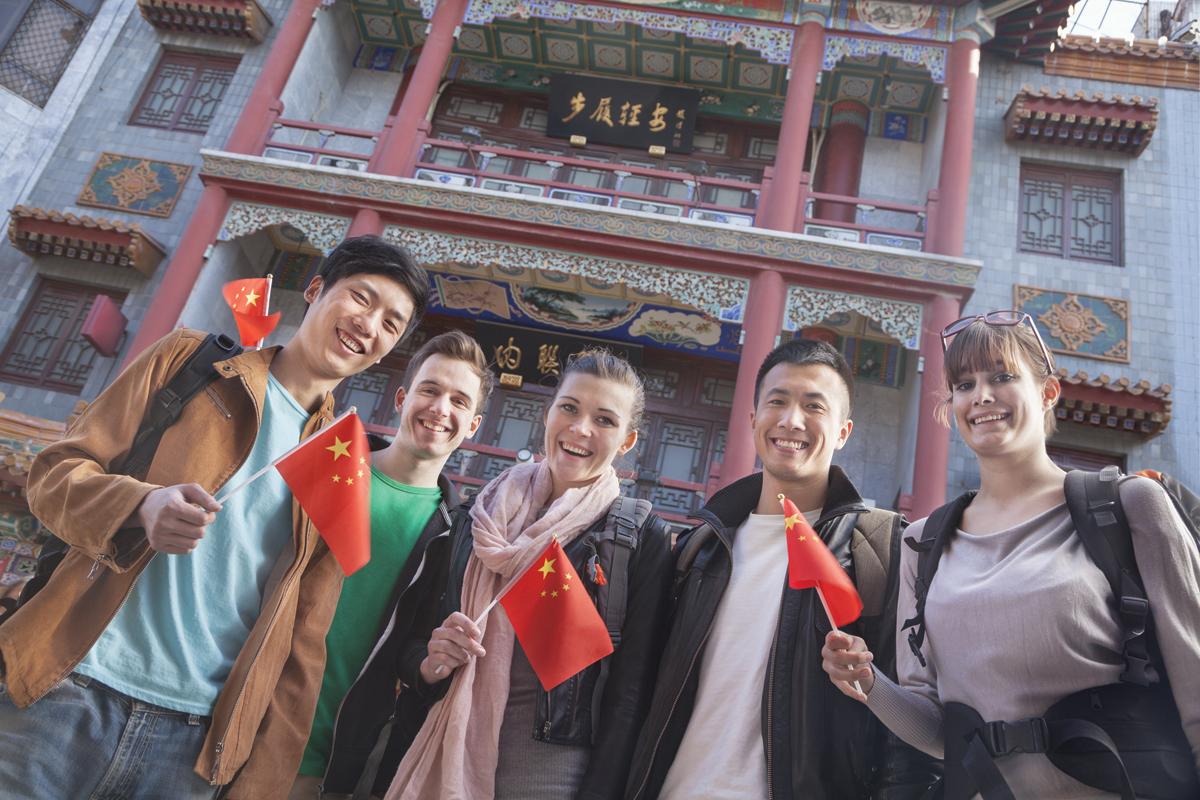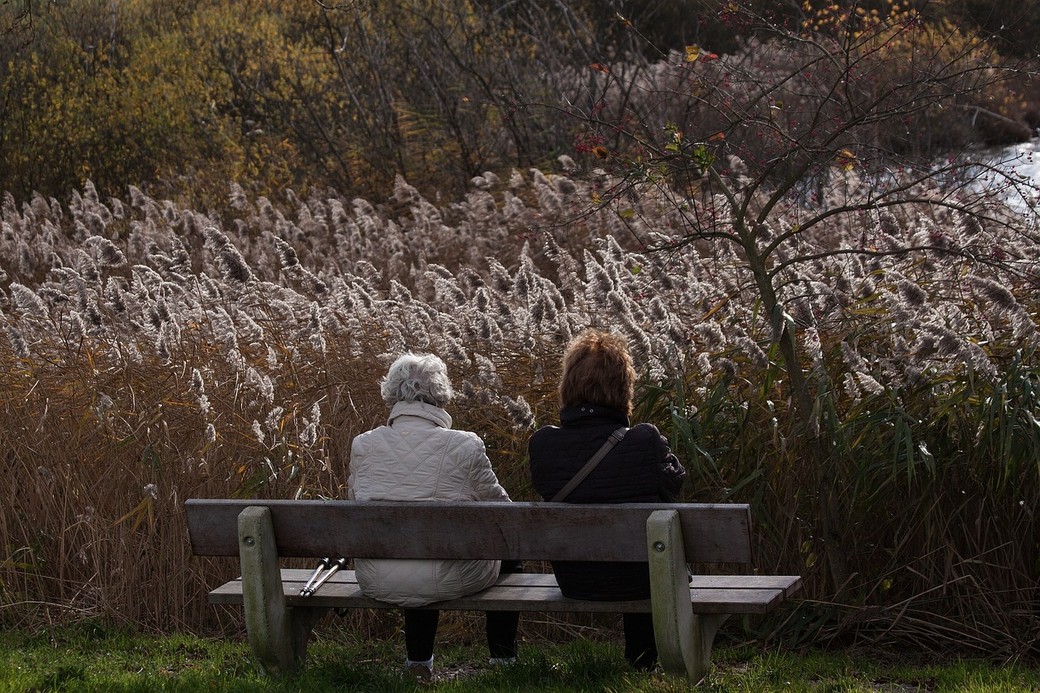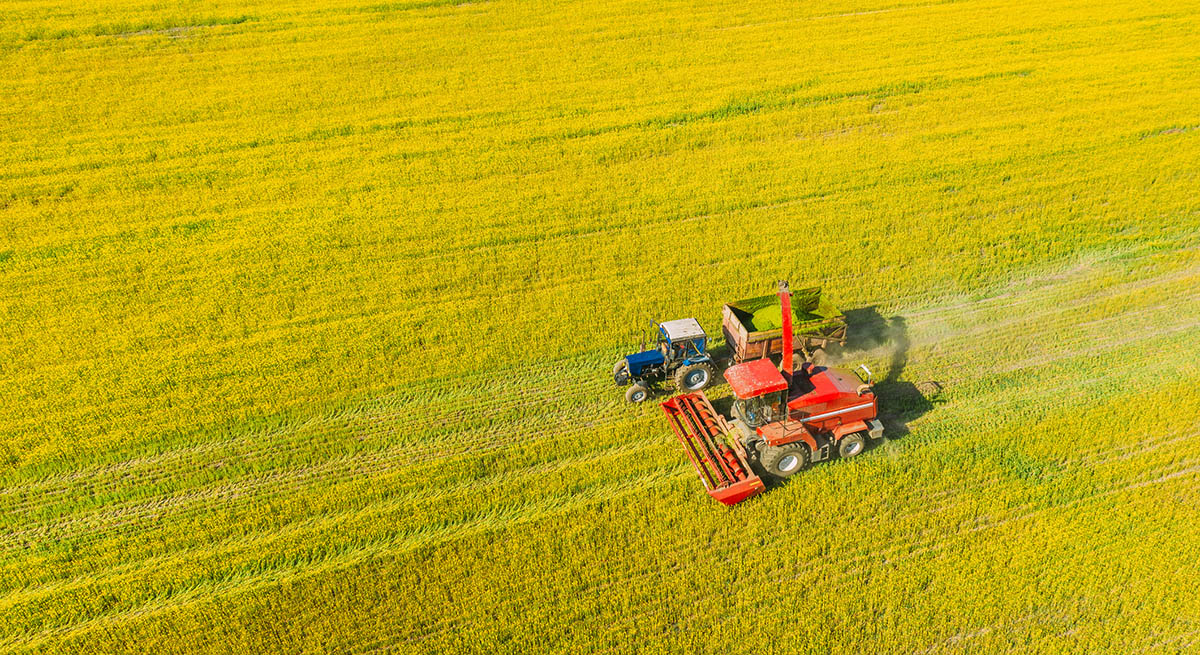
Trumped, Canada Looks to China
”We’ll be tweaking it.”
This was President Donald Trump’s response when he was asked about the future of NAFTA in a February joint press conference with Prime Minister Justin Trudeau. It is this sort of answer that has Canadians anxious on the future of trade with their southern neighbours. With all of the uncertainty present in North American interrelations today, Mitchell Sharp’s Third Option never seemed so relevant. Back in the early 70’s, the elder Trudeau’s Secretary of State for External Affairs called for more distance between Canada and the States, suggesting for the strengthening of the Canadian economy and other aspects of our national identity.
Increasingly, the answer to the present uncertainties to our south seem to lie with China.
In September 2016, Trudeau and Chinese premier Xi Jinping announced the exploration of a free trade deal between the two countries, paired with a set goal to double bilateral trade by 2025. While the Trudeau government has made it expressly clear that it’s doing everything possible to protect its trade relation with the U.S., it is also looking for other trade partners abroad. Newly appointed Canadian Ambassador to China John McCallum (formerly the Minister of Immigration, Refugees and Citizenship) compared furthering Canada’s relationship with China while continuing our existing one with the U.S. to walking and chewing gum at the same time.
“We’re friends, and friends speak frankly,” he said in a recent interview on CBC Radio’s The House, regarding Canada’s willingness to speak with China on economic and social issues.
Following the U.S.’s withdrawal from the Trans-Pacific Partnership, there is plenty of interest and opportunity with trading in Asian countries. At a recent cabinet retreat In Calgary, Trade Minister François-Phillippe Champagne stated that “we want to send a message that Canada is open to trade, (including) with China.”
China is Canada’s third-largest trade partner, behind the U.S. and the European Union. While Canadian exports to the E.U. have especially slowed, trade with China has flourished. Imports from China are increasing by the year (in 2015, the total was $65.6 billion), while Canadian exports have remained steady (2015 saw $20.2 billion sent east).
However, McCallum notes that his agenda as Ambassador has to do with more than just economics. A free trade agreement is a long-term goal: after all, it took ten years to sign a similar deal with Australia, and it could be a while before one with China comes to realization. In the short-term, McCallum aims to further develop tourism between the two countries, as well as increase the amount of student exchanges.
Trudeau announced last year that 2018 will be the “Year of Canada-China Tourism,” believing it to be a way in which the two countries can “build closer ties not just through governments and businesses but also through their people.”
In terms of immigration, China has long been among the top countries from which immigrants are arriving, with Canada seeing over 290,000 settle within its borders between the years of 2006 and 2015. Bringing their influence into Canada’s cultural mosaic, China has long been an important social force through citizenship and permanent residency.
Though ties with the U.S. will remain indelible, the Third Option articulates Canada’s longstanding desire to strengthen ties with other states around the globe. With the new appointments of Foreign Affairs Minister Chrystia Freeland and Ambassador to China John McCallum aiming to strengthen ties with growing world power China, Prime Minister Trudeau has made it clear that trade and a strong social bond are priorities.








